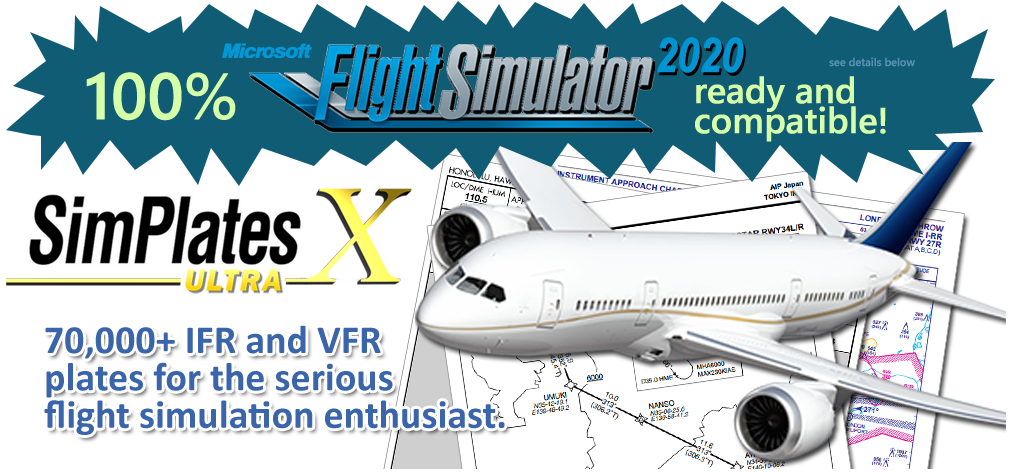3 Answers
Flying by the Numbers: C-172SP
Asked by: Ted Seastrom 20534 views Aircraft Systems, Instrument Rating
What would your recommendations be for a C-172SP (180 HP) to fill out the following table:
(columns) RPM, Pitch Setting, Airspeed, and VSI
for each of (rows): Climb, Cruise, Cruise Descent, Approach, Approach Descent, Non-Precision Descent
I am trying to get a consistent set of numbers for IFR training. The POH is some guide, but beyond that seems open to interpretation. Just wondering if I can find a consensus. Thanks.








The following terms have been auto-detected the question above and any answers or discussion provided. Click on a term to see its definition from the Dauntless Aviation JargonBuster Glossary.